Degumming
OIL & FATS
Product Overview
The Edible Oil Refining process depending on the types of Phosphatides, either water degumming, Acid Degumming, or Superdegumming, is carried out so as to yield Phosphorous contents of less than 10ppm.
In Neutralization, the pre-degummed oils or oils with very low phosphatide contents are saponified with Caustic Soda, and the Sodium Soap is separated. The oil is initially heated to the optimum process temperature. In order to condition the non-hydratable phosphatides, a small quantity of concentrated phosphoric acid is added and intensively mixed with oil.
Following a brief reaction time, diluted caustic soda is added in order to neutralize the free fatty acid and the phosphoric acid. After mixing with the oil, the mixture is either conveyed directly to the first separator, or it passes through a further reaction tank. The latter is recommended only for oils with a relatively high phosphatide content in the neutral oil is still too high for the subsequent process stages, and it must therefore be reduced further by one or two washings. For this purpose, hot water is added to the oil, and intensively mixed, and the soapy wash water is removed in a further separator.
In general, one wash stage is adequate. A second washing is only necessary if very low residual soap contents are required. Recently to reduce the water consumption in Edible Oil refineries, we have pioneered the use of Silica Adsorbents to remove residual soaps after neutralization. Up to 1000 ppm soaps are removed by sequential addition of silica adsorbent under the presence of moisture at 65 C. The dosage of the silica adsorbents may vary from 0.1 to 0.2%. The silica adsorbents further also pick up polar impurities in oil and also gums to give a better edible oil in subsequent processes.
Capacity
25 TPD to 500 TPD
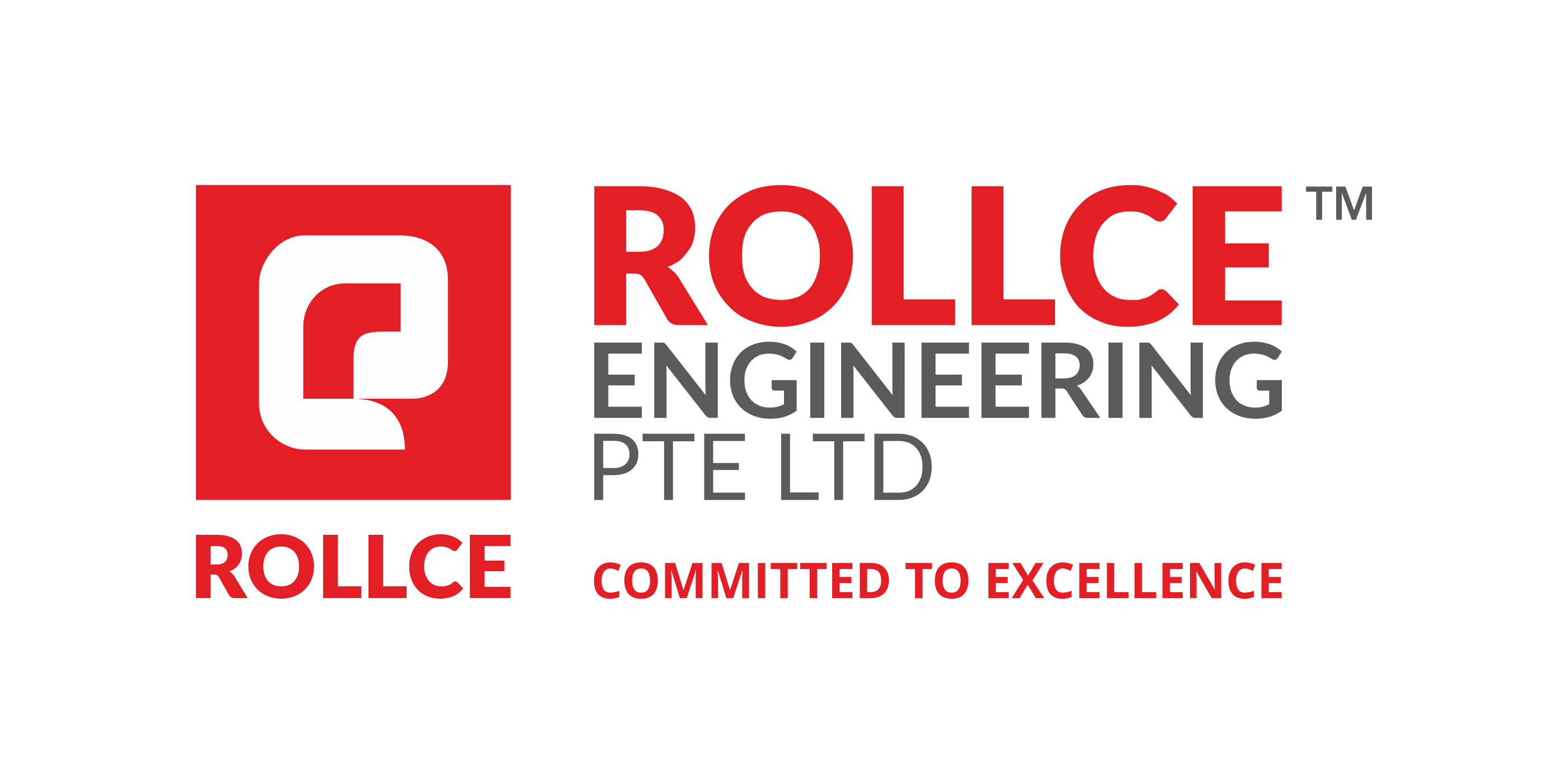
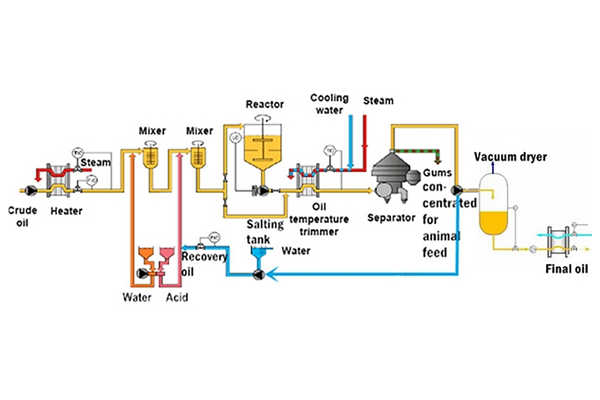


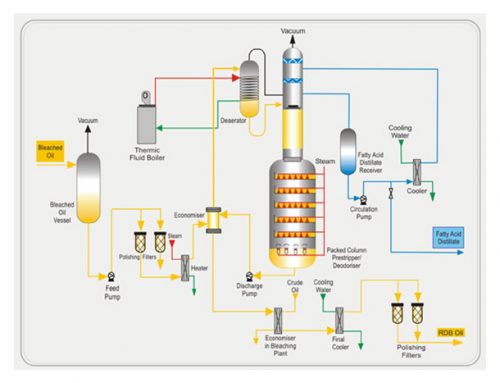
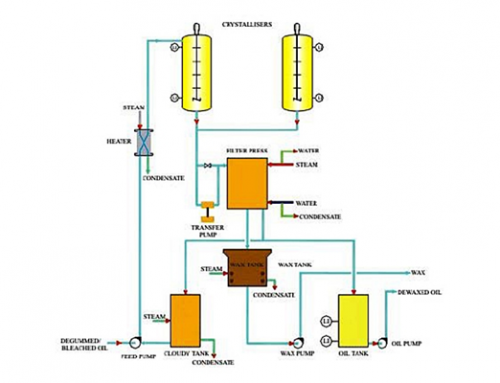

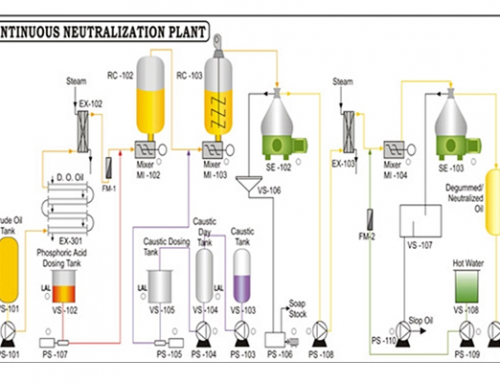
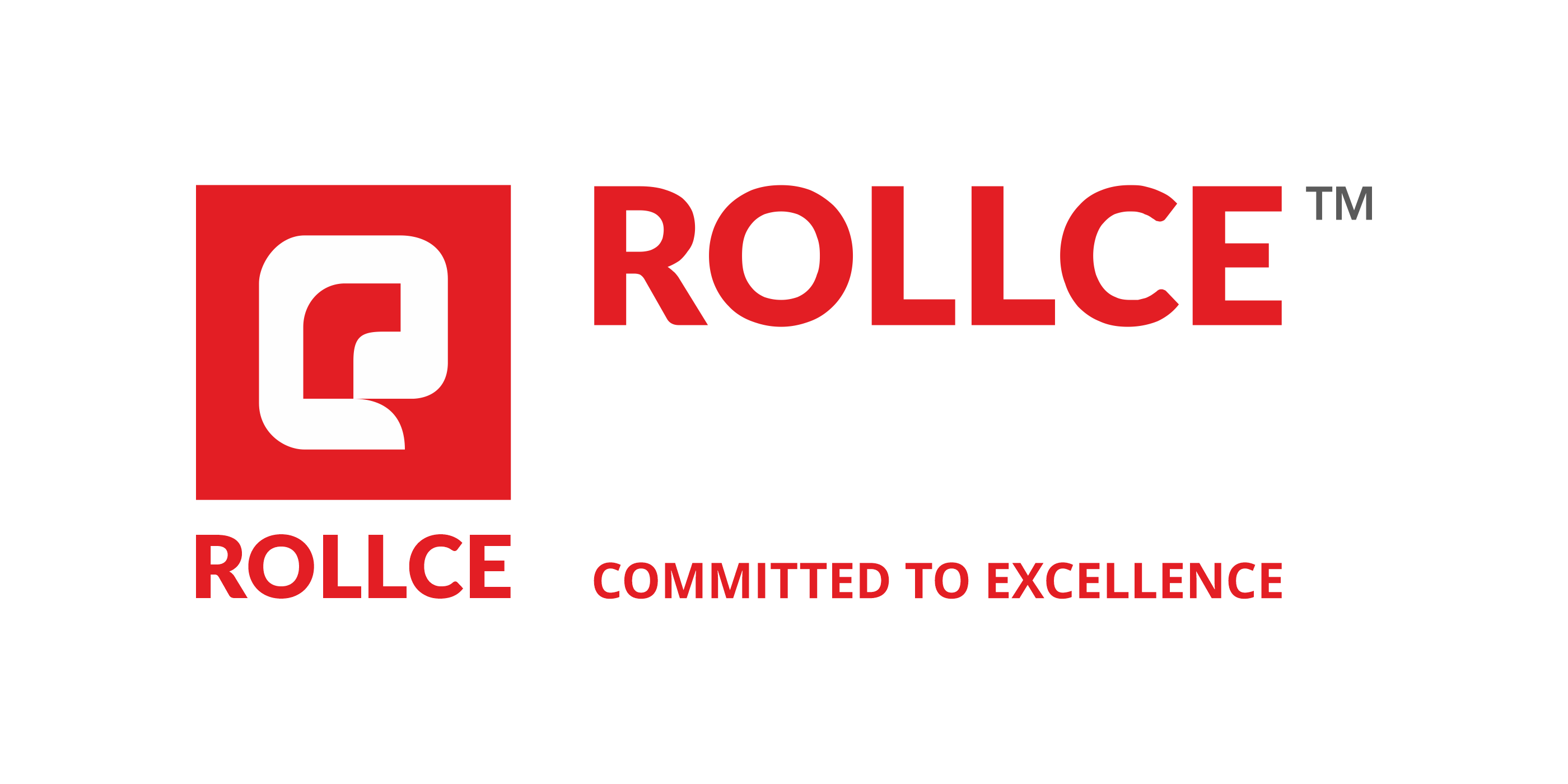
Leave A Comment